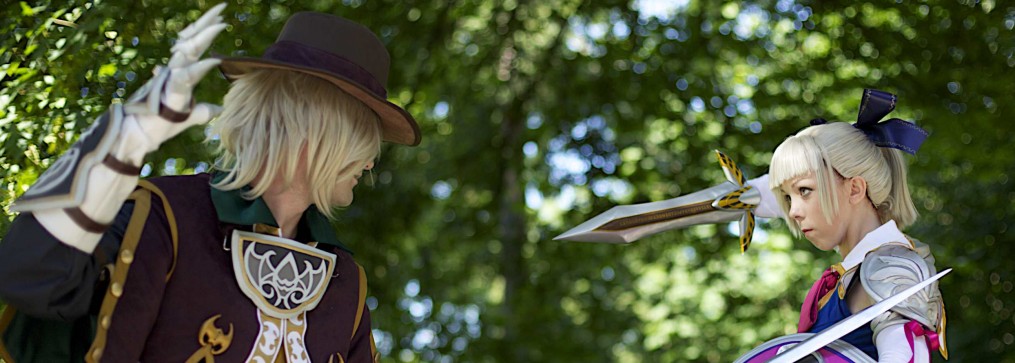We used two different clays for our sculptures, Laguna WED clay (we went through maybe 150 lbs using it to sculpt the body suit, and using it for all the clay walls) and also Chavant Le Beau Touche (for the gloves, feet, cowl and dreads).
 Let me just say, I despise sculpting. I was always so stressed to put in every little detail that was in the statue, but I knew it wasn’t possible with the time we had and the skill I had, and it made me so critical. I just didn’t enjoy sculpting at all.
Let me just say, I despise sculpting. I was always so stressed to put in every little detail that was in the statue, but I knew it wasn’t possible with the time we had and the skill I had, and it made me so critical. I just didn’t enjoy sculpting at all.
Things that are important to have for sculpting for prosthetics: Continue reading




